Here’s a fun fact for you: did you know that there are over 33,000 species of fish in the world? And of those 33,000 species, there are 75+ popular fish starting with F that could be a perfect match for your aquarium, including:
False trevally (Lactarius lactarius)
Fathead sculpin (Psychrolutidae)
False brotula (Parabrotulidae)
Fangtooth (Anoplogaster)
Filefish (Monacanthidae)
False moray (Kaupichthys hyoproroides)
Featherback (Notopterus notopterus)
Fire goby (Nemateleotris magnifica)
Fierasfer (Saurenchelys fierasfer)
False cat shark (Pseudotriakis microdon)
There are many different types of fish in the world! These ten fish all start with the letter “F” and have interesting facts that make them stand out from other fish.
Contents
Popular Fish Starting With F
More similar posts:
- Popular Fish Starting With R
- Popular Fish That Start With S
- Popular Fish That Start With P
- Popular Fish That Start With N
- Popular Fish That Start with E
1. False trevally (Lactarius lactarius)
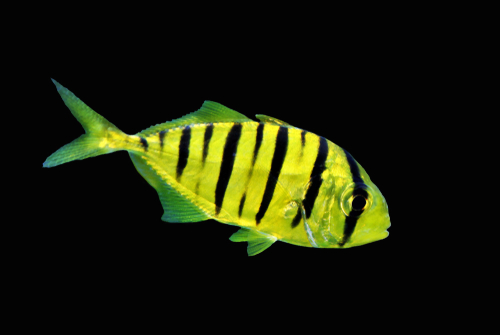
The false trevally, also known as the golden trevally, is a tropical fish found in the Indo-Pacific region. It gets its name from its similarity in appearance to the true trevally fish.
The false trevally can grow up to three feet in length and weigh up to fifteen pounds. It is an opportunistic feeder, preying on small fish, squid, and crustaceans.
The false trevally is a popular food fish in many parts of the world. It has a mild flavor and a firm, meaty texture. The flesh of the false trevally is white and pinkish in color.
It is often used in sushi and sashimi due to its high quality flesh. The false trevally is also popularly used in Thai curries and Chinese stir-fries.
The false trevally is considered to be a good sport fish due to its fighting ability when hooked. It is also a popular target for anglers because it puts up a good fight and is relatively easy to catch.
The false trevally is not considered to be a threatened or endangered species and is not subject to any fishing restrictions.
2. Filefish (Monacanthidae)
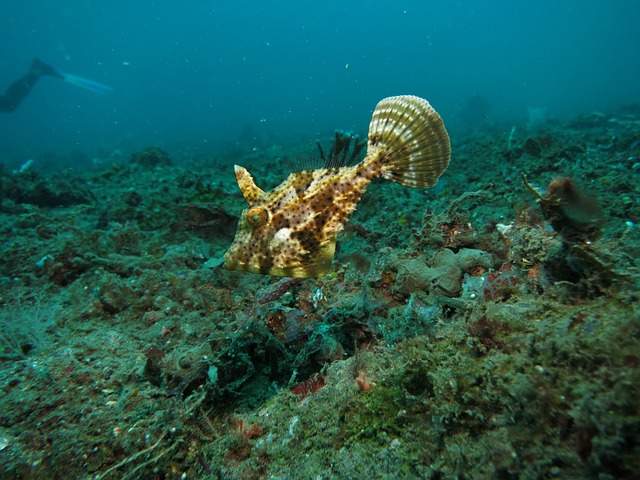
The filefish is a small, brightly colored tropical fish that is native to the reefs of the Indo-Pacific.
Filefish are often found in pairs or small schools, and they use their long, thin bodies to glide through the water in search of food. These beautiful fish are a popular choice for saltwater aquariums, and they make a great addition to any reef tank.
The filefish gets its name from its long, thin body, which resembles a file or blade. These fish range in size from two to eight inches in length, and they come in a variety of colors including yellow, orange, white, and blue.
Filefish are peaceful creatures that prefer to live in pairs or small schools, and they make an excellent addition to any saltwater aquarium.
Filefish are omnivorous creatures that feed on algae, small invertebrates, and zooplankton. In the wild, filefish use their long bodies to pick food off of coral reefs and rock formations.
In captivity, filefish should be fed a diet of high-quality marine flake food, frozen mysis shrimp, and live brine shrimp.
Filefish are relatively easy to care for, but there are a few things to keep in mind if you plan on adding one to your aquarium. First and foremost, filefish are known to be finicky eaters so it is important to offer them a variety of foods until you find something that they will eat.
Secondly, these fish are known to be jumpers so it is important to have a tight-fitting lid on your aquarium. Lastly, filefish are sensitive to changes in water quality so it is important to perform regular water changes and monitor your water parameters closely.
3. Fire goby (Nemateleotris magnifica)
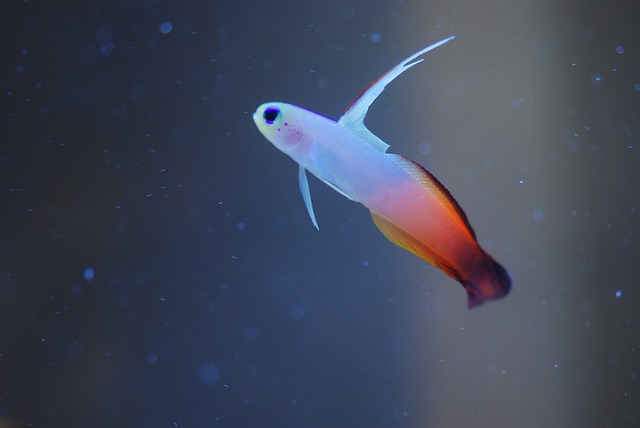
The fire goby is found in streams and rivers with rocky substrates. It feeds on benthic invertebrates such as crayfish, worms, and snails. The fire goby is an important species in the Taiwanese aquarium trade.
In the wild, the fire goby is found in streams and rivers with rocky substrates. It prefers areas with little or no current. The fire goby is a bottom-dweller and feeds on benthic invertebrates such as crayfish, worms, and snails.
The fire goby is an important species in the Taiwanese aquarium trade. It is popular due to its attractive coloration and peaceful nature.
Aquarium specimens are typically collected from the wild, but captive breeding efforts have begun in recent years. Wild-caught fire gobies are often sold under the name ” Taiwan red crab-eater”.
4. False catshark (Pseudotriakis microdon)
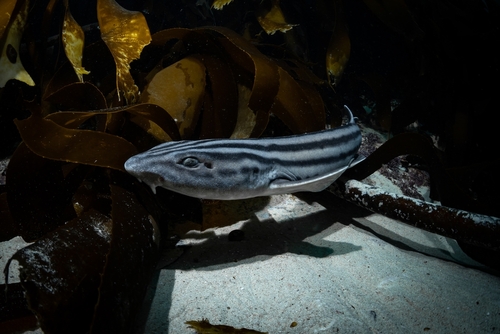
The false cat shark is a type of chimera found in deep waters off the coast of Australia. It gets its name from its long, cat-like tail.
This tail is actually not used for swimming; instead, it helps the false cat shark balance as it walks along the ocean floor using its two large pectoral fins.
The false cat shark has a dark brown or black back and sides, with a white or light-colored belly. It grows to be about 3 feet long and weighs up to 8 pounds
5. Fathead sculpin (Psychrolutidae)

For many, the sculpin is an unassuming fish. It’s small, it’s ugly, and it doesn’t have any particularly noteworthy features.
But looks can be deceiving, because the sculpin is actually a fascinating creature—one that plays an important role in the underwater ecosystem.
In this blog post, we’ll take a closer look at the fathead sculpin, an especially interesting member of the sculpin family.
The fathead sculpin (also known as the mudminnow) is a small, bottom-dwelling fish that can be found in both fresh and salt water environments.
One of the most notable things about the fathead sculpin is its large head, which makes up nearly one-third of its total body length. This feature gives the fish its name, as well as its distinctive appearance.
The fathead sculpin is an important part of the food chain; it is a primary food source for larger fish, such as trout and salmon.
The sculpin’s large head also makes it an easy target for predators, which helps to keep populations in check. In addition to being eaten by larger fish, the fathead sculpin is also an important food source for birds, such as cormorants and mergansers.
The fathead sculpin is not a commercial fish; it is not regularly caught or sold for human consumption. However, it is sometimes used as bait by fishermen targeting larger fish.
The fathead sculpin is also popular in the aquarium trade; it is a hardy fish that can adapt to a wide range of water conditions.
6. Featherback (Notopterus notopterus)
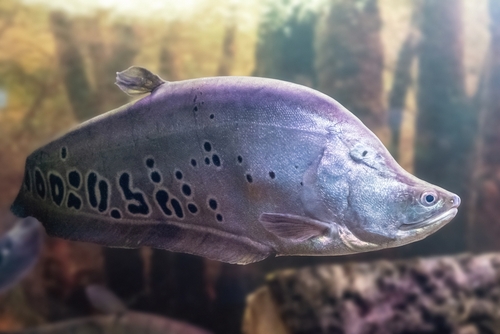
The Featherback is a popular freshwater fish that is native to Southeast Asia. It gets its name from the long, feather-like fins that protrude from its body.
The Featherback is a member of the snakehead family and can grow up to three feet in length. It is a predatory fish that feeds on smaller fish, crustaceans, and insects.
The Featherback is a popular freshwater fish that is native to Southeast Asia. It gets its name from the long, feather-like fins that protrude from its body.
The Featherback is a member of the snakehead family and can grow up to three feet in length. It is a predatory fish that feeds on smaller fish, crustaceans, and insects.
The Featherback is a popular choice for aquariums because of its unique appearance and peaceful temperament. It is important to note that the Featherback is a carnivorous fish and should be fed accordingly.
A diet of live or frozen food will provide the nutrients your Featherback needs to stay healthy and happy
7. False brotula (Parabrotulidae)
If you’re an avid fisherman, chances are you’ve come across a false brotula at least once or twice. This strange-looking fish is often mistaken for its close relative, the brotula, but there are several key differences between the two species.
In this blog post, we’ll take a closer look at the false brotula and what sets it apart from other fish in the sea.
The false brotula, also known as the false stonefish, is a type of sea cucumber that is found in warm waters around the world.
Unlike most fish, the false brotula does not have a swim bladder, which means that it cannot float. As a result, this fish is often found sitting on the ocean floor or buried in sand.
One of the most distinctive features of the false brotula is its long, thin tail. This tail helps the fish to move through the water and also allows it to anchor itself to the ocean floor. The false brotula also has large eyes and a small mouth.
False brotulas are carnivorous animals and they primarily feed on small crustaceans and mollusks. These fish use their long tails to trap their prey before swallowing them whole.
False brotulas are not considered to be good eating and they are not commonly caught by fishermen.
8. Fangtooth (Anoplogaster)
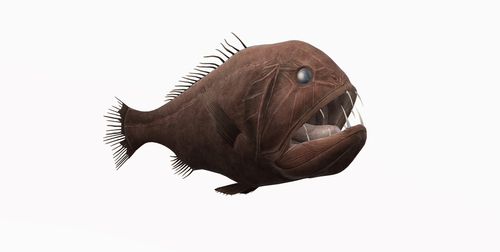
The fangtooth fish is a small, but fearsome-looking creature that resides in the deep waters of the ocean. Growing to a maximum length of just 16 cm, the fangtooth fish is one of the smallest members of the Ophidiidae family.
In spite of its small size, this fish is equipped with large, sharp teeth that protrude from its mouth, giving it a dangerous appearance
Habitat and Distribution
The fangtooth fish is found in tropical and temperate waters around the world. It typically inhabits depths of between 200 and 1,000 m, making it one of the deepest-dwelling fish species. Due to its preference for deep waters, the fangtooth fish is rarely seen by humans.
Diet and Feeding Behavior
The fangtooth fish is a predator that feeds on smaller fish, squid, and crustaceans. It uses its sharp teeth to snag prey before swallowing it whole.
Due to its small size, the fangtooth fish must eat frequently in order to meet its energy needs. As a result, this species has been known to attack much larger prey items, such as sharks and dolphins.
9. False moray (Kaupichthys hyoproroides)
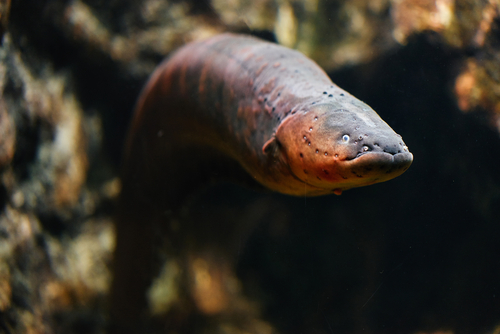
False morays (Gymnothorax pseudothyrsoideus) are a type of moray eel found in the Indo-Pacific region. They get their name from their similarity to another type of moray eel, the thyrsoid moray.
Both species have elongated bodies and small eyes, but false morays can be distinguished by their distinctive pattern of dark spots on a light background.
False morays can grow up to 1.5 meters in length, making them one of the largest types of moray eel. They are typically found living in coral reefs and rocky areas at depths of up to 30 meters. These eels are nocturnal predators that hunt for fish, crustaceans, and squid.
Despite their menacing appearance, false morays are actually quite shy creatures that spend most of
their time hiding in crevices and caves. When they do venture out, they often do so under the cover of darkness. In fact, these eels are so reclusive that little is known about their reproduction and life cycle.
10. Fierasfer (Saurenchelys fierasfer)
The Fierasfer fish is a small fish, typically only growing to be about 4-5 inches in length. It has a long, slender body with a pointed nose.
The Fierasfer is mostly silver in color, with orange or red stripes running along its sides. Its fins are also tipped with orange or red. Male and female Fierasfers can be distinguished by their coloration; males are typically more brightly colored than females.
Saltwater fish that start with the letter F:
1. Frigate mackerel (Auxis thazard)
2. Flathead (Pylodictis)
3. Flabby whale fish (Cetomimidae)
4. Freshwater shark (Carcharhinus leucas)
5. Frogmouth catfish (Chaca)
6. Freshwater hatchetfish (Gasteropelecidae)
7. Frilled shark (Chlamydoselachus anguineus)
8. Flashlight fish (Anomalopidae)
9. Finback cat shark (Proscylliidae)
10. Flying fish (Exocoetidae)
11. Flying gurnard (Dactylopterus volitans)
12. Flier (Centrarchus macropterus)
13. Flounder (Paralichthys dentatus)
Freshwater fish that start with fF
1. Flagblenny (Emblemariopsis carib)
2. Freshwater eel (Anguillidae)
3. Fingerfish (Monodactylidae)
4. Flagfin (Pterronotropis signipinnis)
5. Flatfish (Pleuronectiformes)
6. Forehead brooder (Kurtus)
7. Flagfish (Jordanella floridae)
Tropical Fish that start with f
1. Four-eyed fish (Anableps)
2. Footballfish (Himantolophidae)
3. Firefish (Pterois volitans)
4. Flagtail (Kuhliidae)
5. Fusilier fish (Caesionidae)
6. Frogfish (Antennariidae)
7. Flathead catfish (Pylodictis olivaris)
8. French angelfish (Pomacanthus paru)
9. Fire bar danio (Devario maetaengensis)

Ian Sterling, founder of Fishlab.com, began his aquarium journey over 30 years ago, driven by a deep fascination for fish and their diverse personalities. His website, Fishlab.com, is dedicated to making fishkeeping accessible and enjoyable, offering beginner-friendly guidance, expert insights, and a community for aquarists to connect and share experiences.

